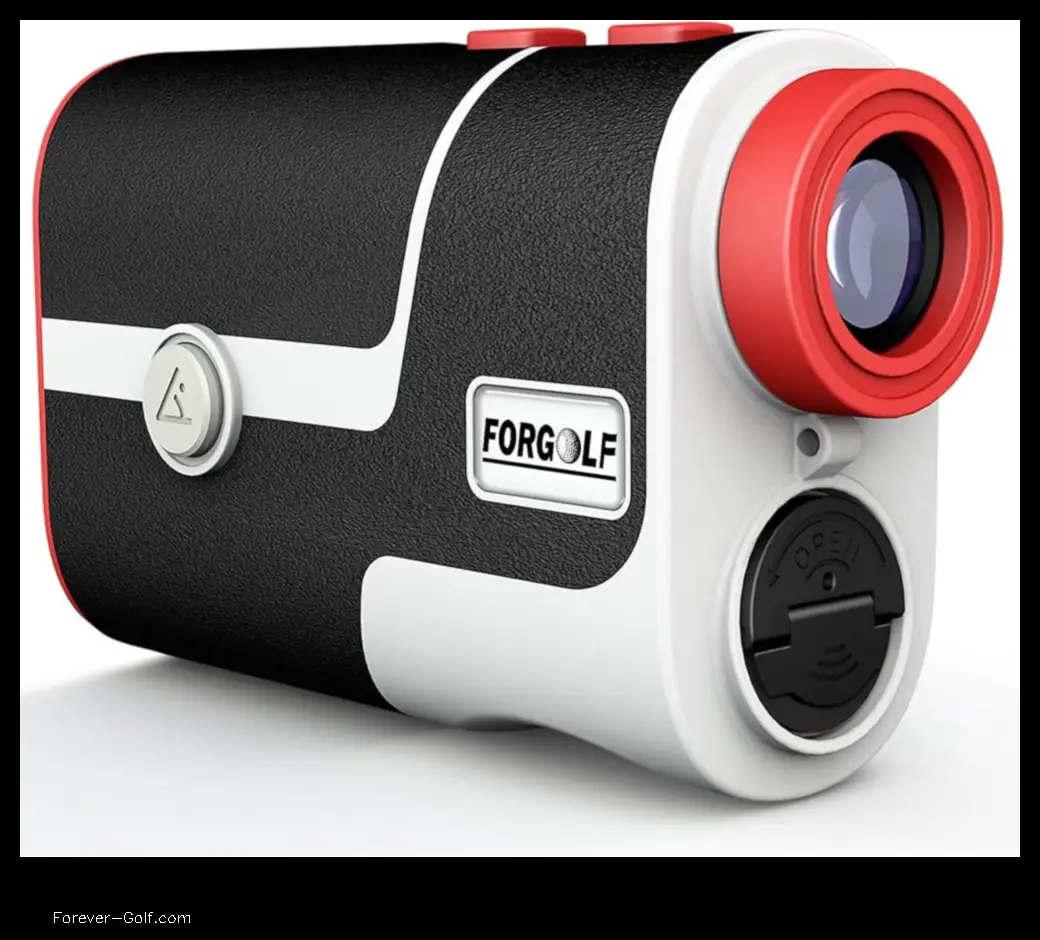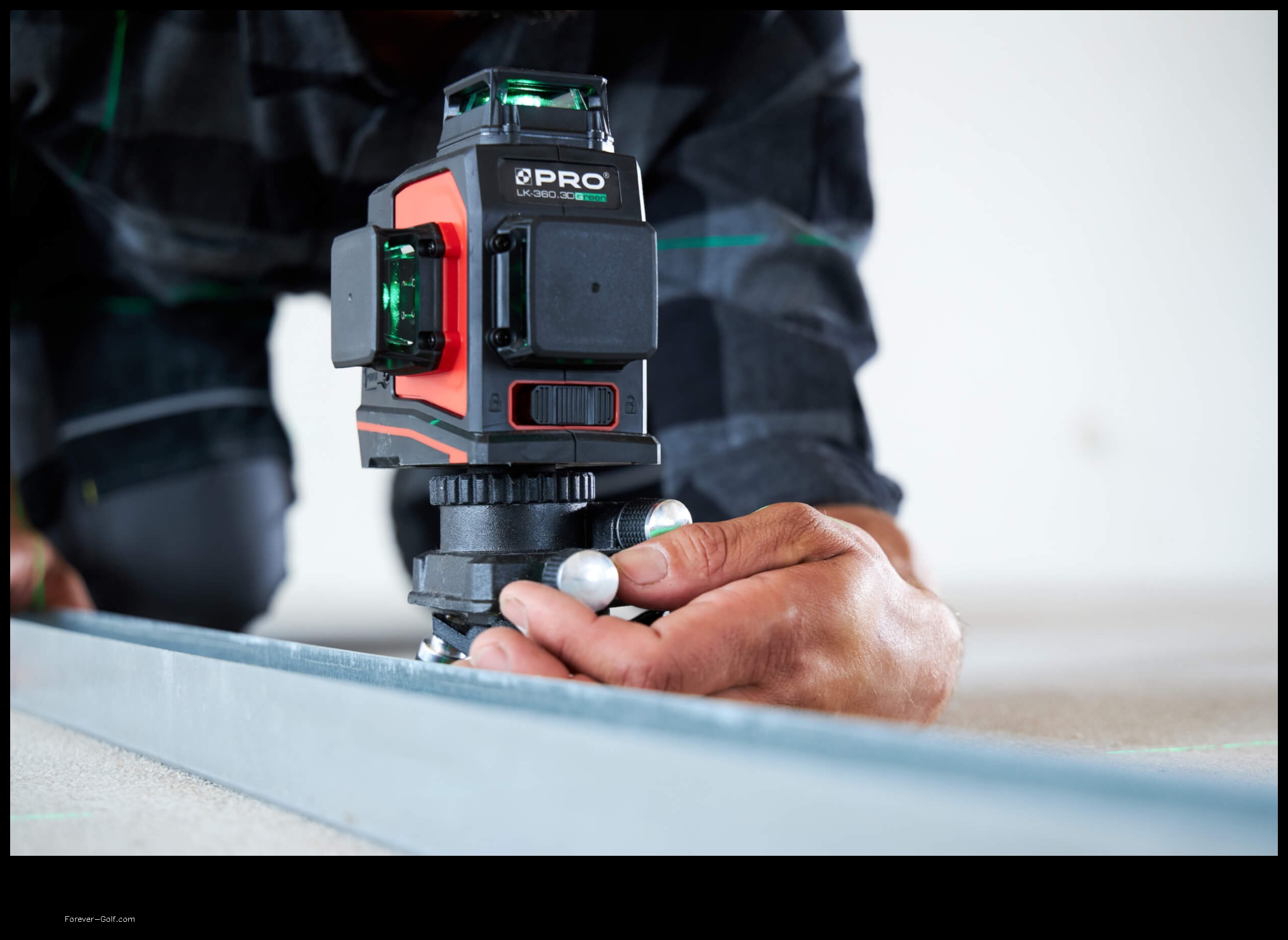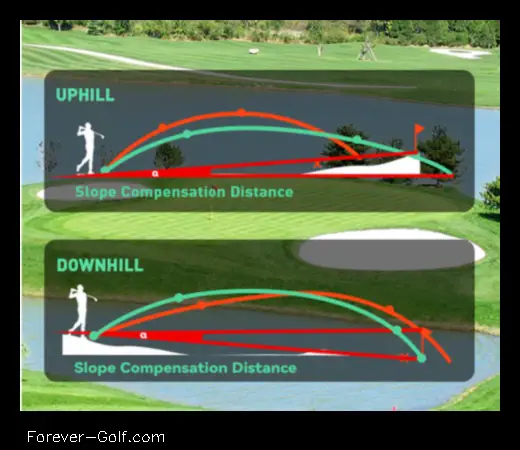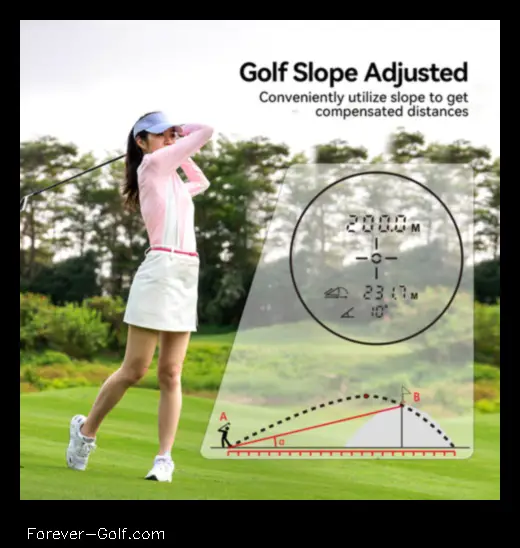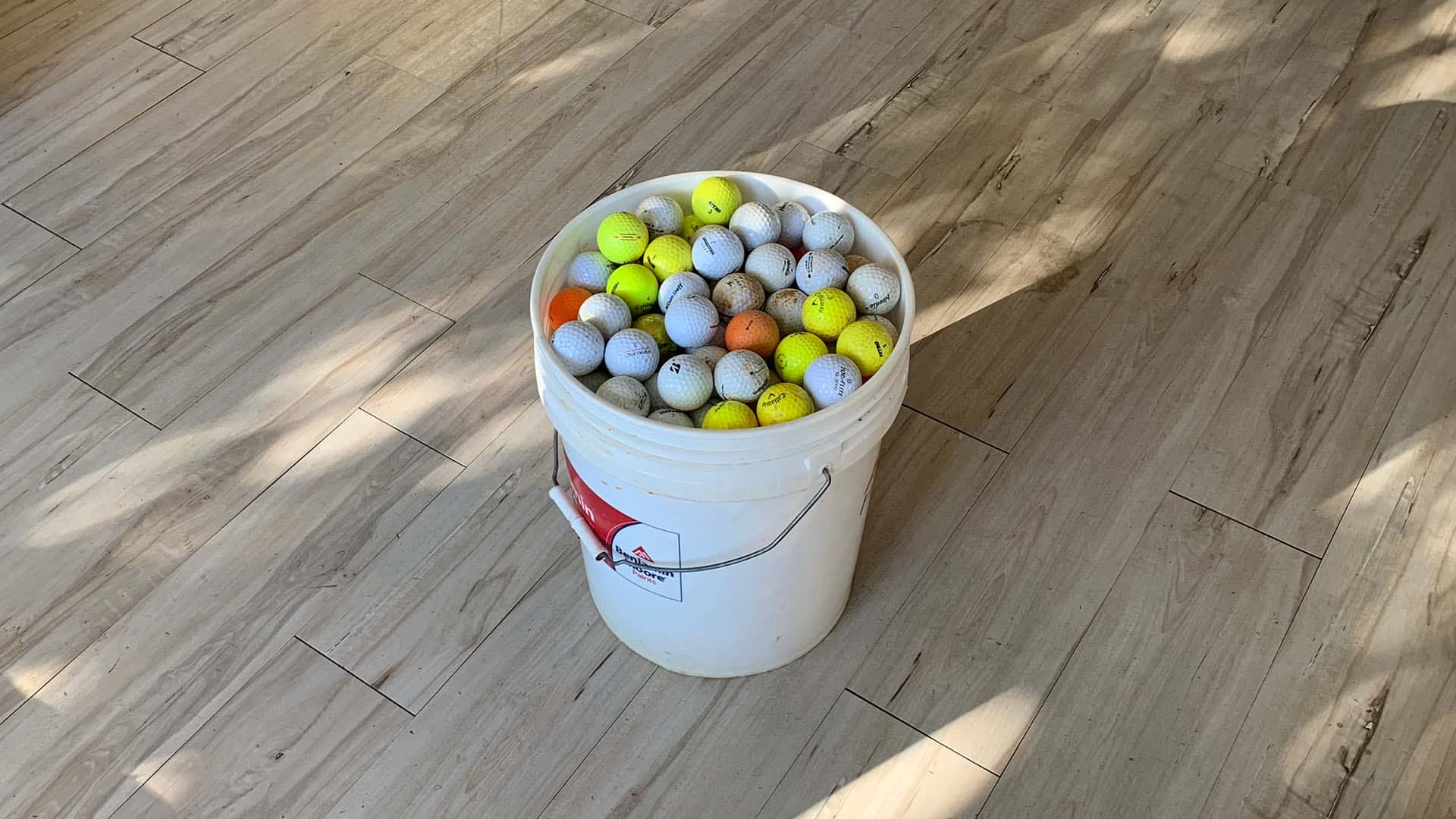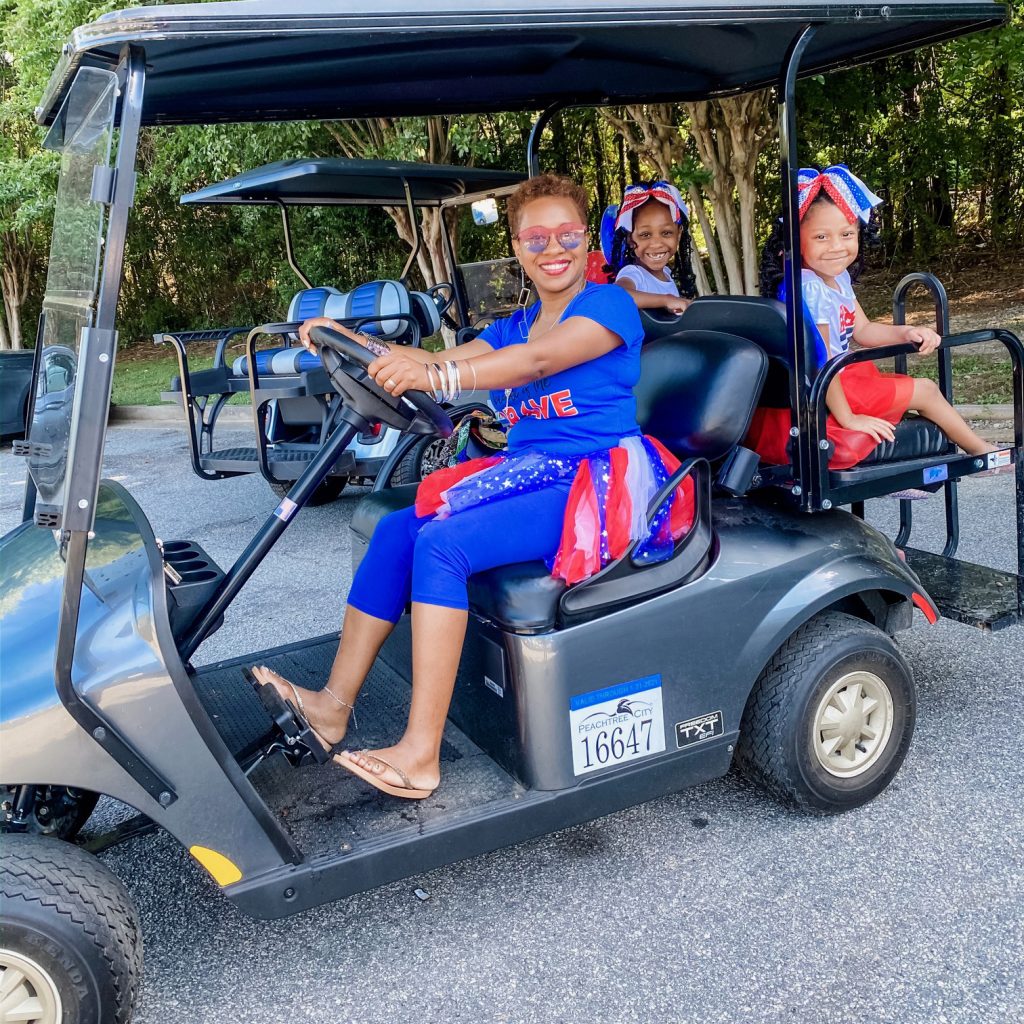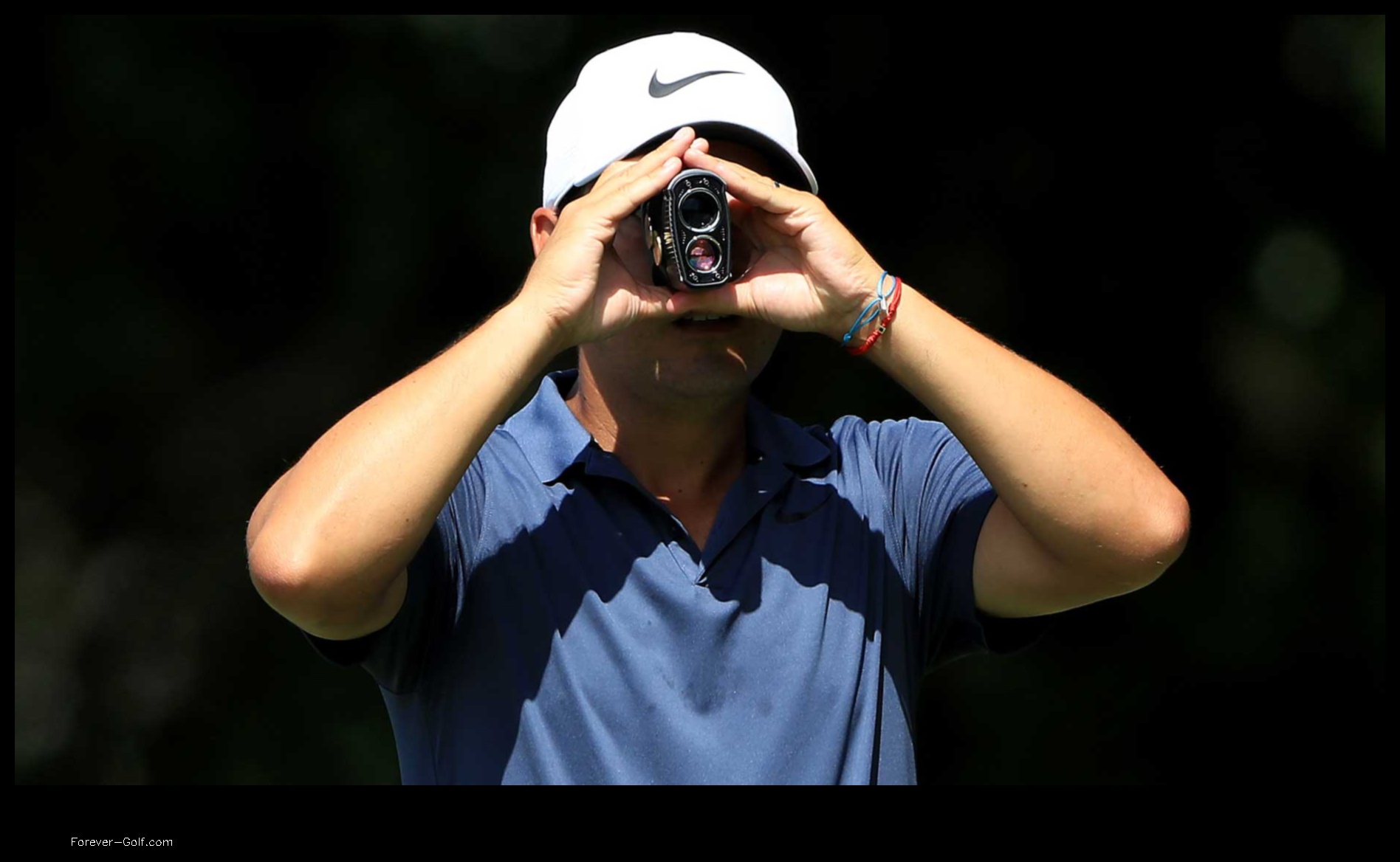
</p>
I. Introduction
Rangefinders are devices that measure the distance between the user and an object. They are commonly used in golf to help golfers determine the distance to the hole. There is some debate over whether or not pro golfers use rangefinders. Some people believe that they are an unfair advantage, while others believe that they can help golfers improve their games.
II. What is a rangefinder?
A rangefinder is a device that measures the distance between the user and an object. They are typically used in golf to help golfers determine the distance to the hole. Rangefinders work by using a laser beam to measure the time it takes for the beam to travel from the rangefinder to the object and back. The distance to the object is then calculated based on the speed of light.
III. How does a rangefinder work?
Rangefinders work by using a laser beam to measure the time it takes for the beam to travel from the rangefinder to the object and back. The distance to the object is then calculated based on the speed of light.
IV. Benefits of using a rangefinder
There are a number of benefits to using a rangefinder in golf. These include:
- Improved accuracy
- Increased consistency
- Reduced strokes
- Improved confidence
V. Different types of rangefinders
There are a number of different types of rangefinders available on the market. These include:
- Laser rangefinders
- GPS rangefinders
- Hybrid rangefinders
VI. Choosing the right rangefinder for you
When choosing a rangefinder, there are a number of factors to consider. These include:
- Your budget
- Your skill level
- Your needs
VII. How to use a rangefinder
Using a rangefinder is relatively simple. Here are the steps involved:
- Turn on the rangefinder.
- Point the rangefinder at the object you want to measure.
- Press the button to take the measurement.
- Read the distance on the display.
VIII. Rangefinder golf tips
Here are a few tips for using a rangefinder in golf:
- Practice using your rangefinder before using it on the course.
- Be aware of the rules regarding the use of rangefinders.
- Use your rangefinder to improve your accuracy, not to cheat.
IX. FAQ
Q: Are rangefinders allowed in golf?
A: Yes, rangefinders are allowed in golf. However, there are some rules regarding the use of rangefinders. For example, you cannot use a rangefinder to determine the location of the flagstick.
Q: How much does a rangefinder cost?
A: Rangefinders can range in price from a few hundred dollars to a few thousand dollars. The price of a rangefinder will depend on the features and performance of the rangefinder.
Q: Are rangefinders accurate?
A: Rangefinders are generally very accurate. However, there are some factors that can affect the accuracy of a rangefinder, such as the weather conditions and the distance to the object.
X. Conclusion
Rangefinders can be a valuable tool for golfers of all skill levels. They can help golfers improve their accuracy, consistency, and reduce strokes. If you are considering using a rangefinder in golf, be sure to do your research and
| Topic | Feature |
|---|---|
| Rangefinder | A device that measures the distance between the user and an object |
| Golfer | A person who plays the game of golf |
| Golf | A sport played on a course with holes of varying lengths |
| Rangefinders | Devices that measure the distance between the user and an object |
| Distance | The length of space between two points |

II. What is a rangefinder?
A rangefinder is a device that is used to measure the distance between the user and an object. Golf rangefinders are specifically designed to measure the distance between the user and the flagstick on a golf course.
Rangefinders work by using a laser beam to measure the time it takes for the beam to travel from the rangefinder to the object and back. The rangefinder then calculates the distance to the object based on the speed of light.
Golf rangefinders are available in a variety of models, each with its own set of features. Some of the features that you may find on a rangefinder include:
- Slope compensation
- Flagstick lock
- Jitter reduction
- Waterproof construction
- Magnification
Rangefinders can be a valuable tool for golfers of all levels of skill. They can help you to improve your accuracy and consistency on the golf course, and they can also help you to make better decisions about club selection.
III. How does a rangefinder work?A rangefinder is a device that measures the distance between the user and an object. It does this by emitting a beam of light and then measuring the time it takes for the beam to return. The distance to the object is then calculated based on the speed of light.
Rangefinders are typically used in golf to measure the distance to the green. This information can be used to help golfers choose the right club for their shot. Rangefinders can also be used to measure the distance to hazards, such as bunkers and water hazards. This information can help golfers avoid these hazards and make better decisions about their shots.
Rangefinders are available in a variety of different models, each with its own set of features. Some rangefinders are equipped with slope compensation, which allows golfers to take into account the effect of gravity on the ball’s flight. Other rangefinders have features such as GPS and shot tracking.
Rangefinders can be a valuable tool for golfers of all levels of skill. They can help golfers improve their accuracy and make better decisions about their shots.

Do pro golfers use rangefinders?
The short answer is yes, many professional golfers do use rangefinders. However, there are some professional golfers who do not use rangefinders, and there are also some professional golfers who only use rangefinders on certain holes.
There are a number of reasons why professional golfers use rangefinders. First, rangefinders can help golfers to get a more accurate distance to the green. This can be helpful for golfers who are trying to hit a particular shot shape or who are trying to make a putt from a long distance.
Second, rangefinders can help golfers to save time on the course. By knowing the distance to the green, golfers can avoid having to walk all the way up to the green to read the yardage marker. This can save golfers time, which can be important in a tournament setting.
Finally, rangefinders can help golfers to improve their accuracy. By knowing the exact distance to the green, golfers can make more informed decisions about which club to use and how to swing the club. This can lead to more accurate shots and lower scores.
Of course, there are also some arguments against using rangefinders. Some people believe that rangefinders take away from the challenge of golf. They argue that golfers should be able to judge the distance to the green by themselves, without the help of a rangefinder.
Others argue that rangefinders can actually be counterproductive. They believe that golfers can become too reliant on rangefinders and that they may start to make mistakes if they do not have a rangefinder available.
Ultimately, the decision of whether or not to use a rangefinder is a personal one. There are pros and cons to using rangefinders, and each golfer needs to decide for themselves whether or not they think the benefits of using a rangefinder outweigh the risks.
V. Different types of rangefindersThere are a variety of different types of rangefinders available on the market, each with its own unique set of features and benefits. Some of the most popular types of rangefinders include:
- Laser rangefinders
- GPS rangefinders
- Slope rangefinders
- Hybrid rangefinders
Each type of rangefinder has its own advantages and disadvantages, so it is important to choose the type that is right for you.
Laser rangefinders are the most common type of rangefinder and are typically the most accurate. They work by emitting a laser beam that bounces off of the target and returns to the rangefinder. The rangefinder then calculates the distance to the target based on the time it takes for the laser beam to travel to and from the target.
GPS rangefinders use satellite technology to determine the distance to the target. This can be more accurate than laser rangefinders in some situations, but it can also be less accurate in others. GPS rangefinders are also typically more expensive than laser rangefinders.
Slope rangefinders take into account the slope of the terrain when calculating the distance to the target. This can be helpful for golfers who are trying to hit the ball over a hill or a bunker. Slope rangefinders are typically more expensive than non-slope rangefinders.
Hybrid rangefinders combine the features of laser rangefinders and GPS rangefinders. They are typically more expensive than either laser or GPS rangefinders, but they offer the best of both worlds.
It is important to consider your individual needs and budget when choosing a rangefinder. If you are a serious golfer, you may want to consider investing in a slope rangefinder or a hybrid rangefinder. If you are a casual golfer, a non-slope laser rangefinder may be a better option.
VI. Choosing the right rangefinder for you
There are a number of factors to consider when choosing the right rangefinder for you. These include:
- Your budget
- Your skill level
- The type of golf you play
- The features you need
Once you have considered these factors, you can start to narrow down your choices. Here are a few tips to help you choose the right rangefinder for you:
- If you are on a tight budget, there are a number of affordable rangefinders available that offer good performance.
- If you are a beginner golfer, you may want to choose a rangefinder that is easy to use and has a simple interface.
- If you play a variety of different golf courses, you may want to choose a rangefinder that has a long range and is accurate in different conditions.
- If you are looking for a rangefinder with extra features, such as slope compensation or GPS, you will need to be prepared to pay more.
By considering your budget, skill level, the type of golf you play, and the features you need, you can choose the right rangefinder for you and improve your golf game.
VII. How to use a rangefinder
Using a rangefinder is relatively simple. Here are the steps involved:
- Turn on the rangefinder and set the desired mode.
- Point the rangefinder at the target.
- Press the fire button.
- The rangefinder will display the distance to the target.
Here are some tips for using a rangefinder effectively:
- Hold the rangefinder steady when taking a measurement.
- Avoid pointing the rangefinder at the sun or other bright objects.
- Be aware of the limitations of your rangefinder.
Rangefinders can be a valuable tool for golfers of all levels. By using a rangefinder, you can improve your accuracy and make more informed decisions about your shots.
Rangefinder golf tips
Here are some rangefinder golf tips to help you improve your game:
- Use a rangefinder to get an accurate distance to the target. This will help you choose the right club for the shot and avoid hitting the ball too far or too short.
- Practice using your rangefinder on the range. This will help you get used to the device and make it more comfortable to use during a round of golf.
- Use your rangefinder to help you read the green. This will help you make more accurate putts and improve your scoring.
- Don’t be afraid to use your rangefinder on every shot. It can be a valuable tool that can help you improve your game.
FAQ
Q: Do pro golfers use rangefinders?
A: Yes, many professional golfers use rangefinders. They can help golfers to improve their accuracy and consistency by providing accurate measurements of the distance to the hole.
Q: What are the benefits of using a rangefinder?
A: There are many benefits to using a rangefinder, including:
- Improved accuracy
- Increased consistency
- Reduced strokes
- More confidence on the course
Q: What are the different types of rangefinders?
There are two main types of rangefinders:
- Laser rangefinders
- GPS rangefinders
Laser rangefinders use a laser beam to measure the distance to the target, while GPS rangefinders use satellite technology to determine the distance.
Q: How do I choose the right rangefinder for me?
When choosing a rangefinder, there are a few factors to consider, including:
- Your budget
- Your skill level
- The type of golf you play
Q: How do I use a rangefinder?
Using a rangefinder is relatively simple. Here are the steps involved:
- Turn on the rangefinder.
- Align the rangefinder with the target.
- Press the button to measure the distance.
Q: What are some rangefinder golf tips?
Here are a few rangefinder golf tips:
- Practice using your rangefinder before you use it on the course.
- Use your rangefinder to get an accurate distance to the target, but don’t rely on it too much.
- Use your rangefinder to help you make better decisions about club selection and shot-making.
X. Conclusion
Rangefinders are a valuable tool for golfers of all levels. They can help you improve your accuracy and consistency, and they can also help you save time on the course. If you are considering investing in a rangefinder, be sure to do your research and choose one that is right for you.
Here are three questions and answers about rangefinders that you may have:
-
Q: Do professional golfers use rangefinders?
A: Yes, many professional golfers use rangefinders. They can help them make more accurate shots and save time on the course.
-
Q: What are the benefits of using a rangefinder?
A: There are many benefits to using a rangefinder, including:
- Improved accuracy
- Increased consistency
- Saved time
-
Q: What are the different types of rangefinders?
A: There are two main types of rangefinders:
- Laser rangefinders
- GPS rangefinders
- Where Was the First Topgolf in the English Language - April 5, 2024
- Topgolf Back Net Distance How Far Is It - April 5, 2024
- Top Golf Where to Find the Best Golf Experiences Outside of the U.S. - April 5, 2024
